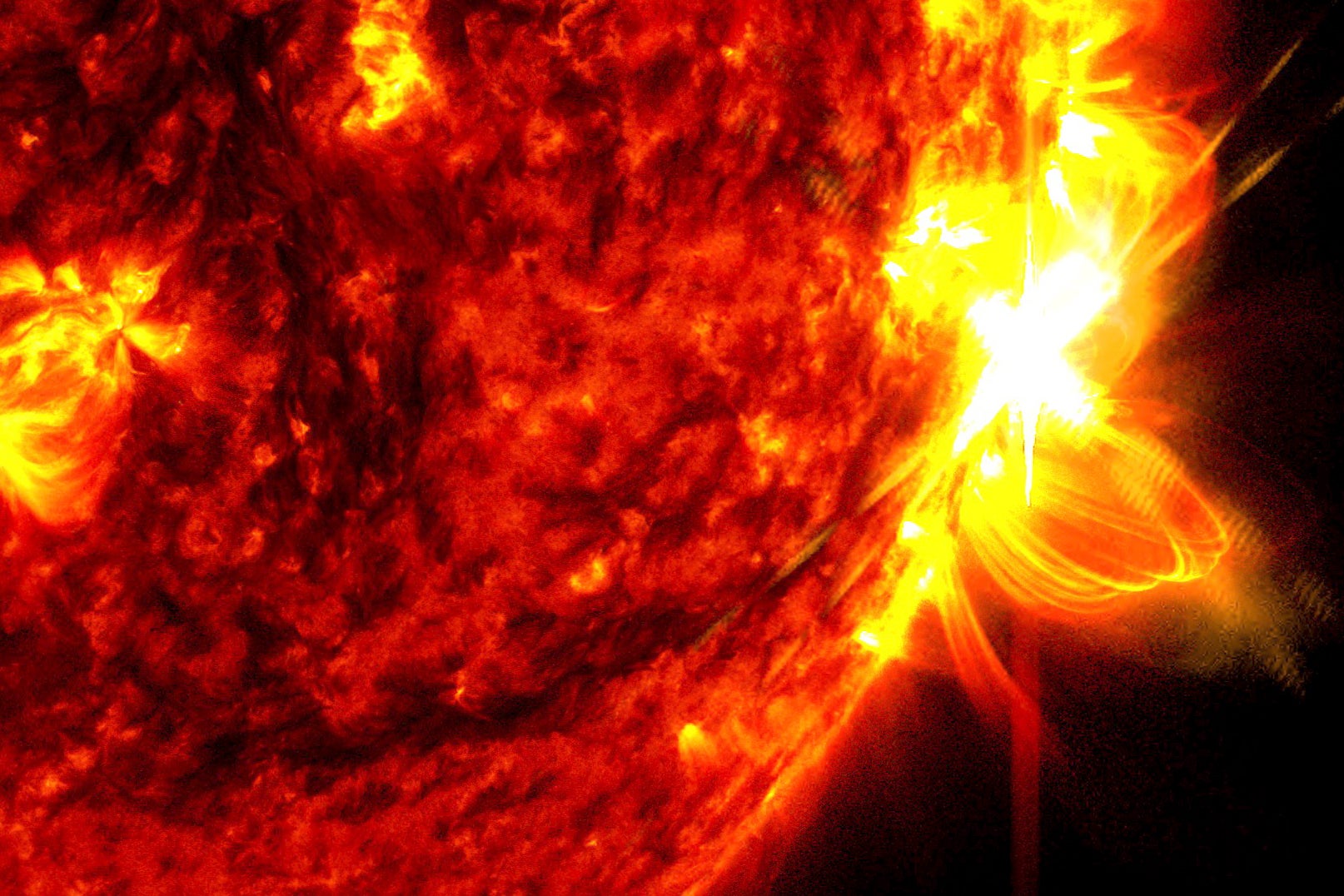Sun's magnetic field may form close to the surface. This finding could improve solar storm forecasts
New research indicates the sun's magnetic field originates much closer to the surface than previously thought

New research indicates the sun’s magnetic field originates much closer to the surface than previously thought, a finding that could help predict periods of extreme solar storms like the ones that slammed Earth earlier this month.
The magnetic field appears to generate 20,000 miles (32,000 kilometers) beneath the sun’s surface. Previous calculations put the roots of this process more than 130,000 miles (209,000 kilometers) below, an international team reported Wednesday.
The sun’s intense magnetic energy is the source of solar flares and eruptions of plasma known as coronal mass ejections. When directed toward Earth, they can create stunning auroras but also disrupt power and communications.
"We still don’t understand the sun well enough to make accurate predictions” of space weather, lead author Geoffrey Vasil of the University of Edinburgh said in an email.
The latest findings published in the journal Nature “will be an important step toward finally resolving” this mysterious process known as solar dynamo, added co-author Daniel Lecoanet of Northwestern University.
Galileo was among the first astronomers to turn a telescope skyward and study sunspots, back in the early 1600s. Solar flares and coronal mass ejections tend to occur near sunspots, dark patches as big as Earth that are located near the most intense portions of the sun’s shifting magnetic field.
Vasil and his team developed new models of the interaction between the sun’s magnetic field and the flow of plasma, which varies at different latitudes during an 11-year cycle. They fed their calculations into a NASA supercomputer in Northern California — the same one used in the 2015 movie “The Martian” to verify the best flight path to rescue the main character. The results suggested a shallow magnetic field and additional research is needed to confirm this.
The modeling was “highly simplified," University of Wisconsin-Madison's Ellen Zweibel, who was not part of the team, said in an accompanying editorial.
The results are intriguing and “sure to inspire future studies," Zweibel said.
The new knowledge should improve long-term solar forecasts, allowing scientists to better predict the strength of our star's future cycles. The sun is approaching its peak level of activity in the current 11-year cycle, thus the recent flareups.
Strong solar flares and outbursts of billions of tons of plasma earlier this month unleashed severe solar storms that produced auroras in unexpected places. Last week, the sun spewed out the biggest solar flare in almost 20 years, but it steered clear of Earth.
Better understanding of the sun can ensure "we are prepared for when the next storm — potentially much more dangerous — hits Earth,” Lecoanet said.
___
The Associated Press Health and Science Department receives support from the Howard Hughes Medical Institute’s Science and Educational Media Group. The AP is solely responsible for all content.
Bookmark popover
Removed from bookmarks